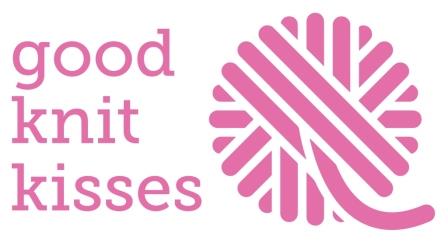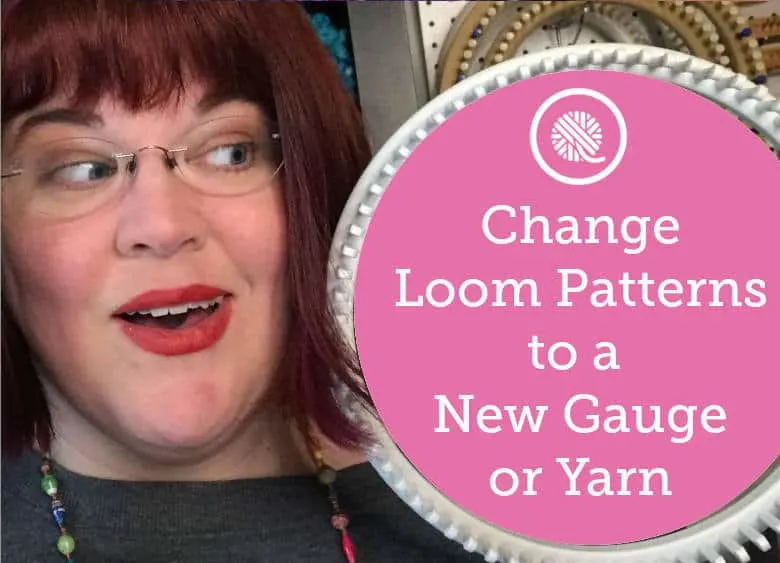We’ve all done it! I know exactly how it feels to scour Google, YouTube and Pinterest for … just the right pattern. Then that moment of excitement when you see the picture of the perfect pattern. Success!! You click the link in anticipation to snatch the free pattern or start the video tutorial rolling. Then reality comes crashing in around you. Ugh! You don’t have the right gauge loom. Or it uses super bulky yarn and you just found 3 skeins of your favorite bulky yarn in your favorite color (on clearance, of course!) that you’re itching to use. It’s time, my friend. Time to learn how to change loom knit patterns to a new gauge or yarn size.
This is a skill just like loom knitting itself. You learned how to ewrap, purl, switch colors, and bind off so you can learn how to not only read a pattern, but change it to fit your needs. I’ve even got a video below that walks you through the process exactly as I do it when I’m working on a pattern.
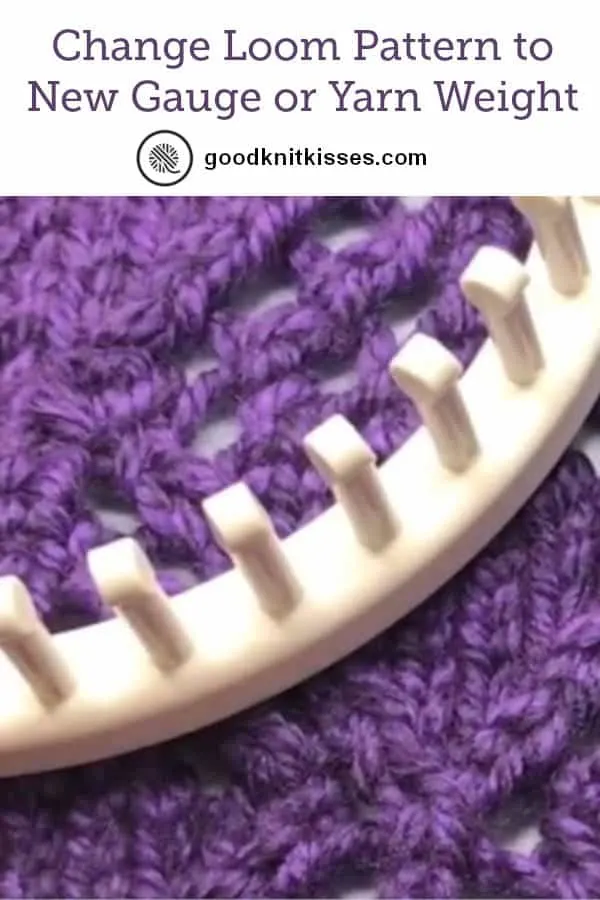
If you’re trying to convert a needle knit pattern I’ve got just the post for you! How to Convert a Needle Knit Pattern to the Loom
Why change looms to a new gauge?
If you’re not familiar with loom gauge then you’ve got a little homework to do. Loom Gauge Charts and Notes is an incredible free resource I put together that explains what loom gauge is and how to measure your loom to find the gauge. There’s also some handy charts you’ll need!
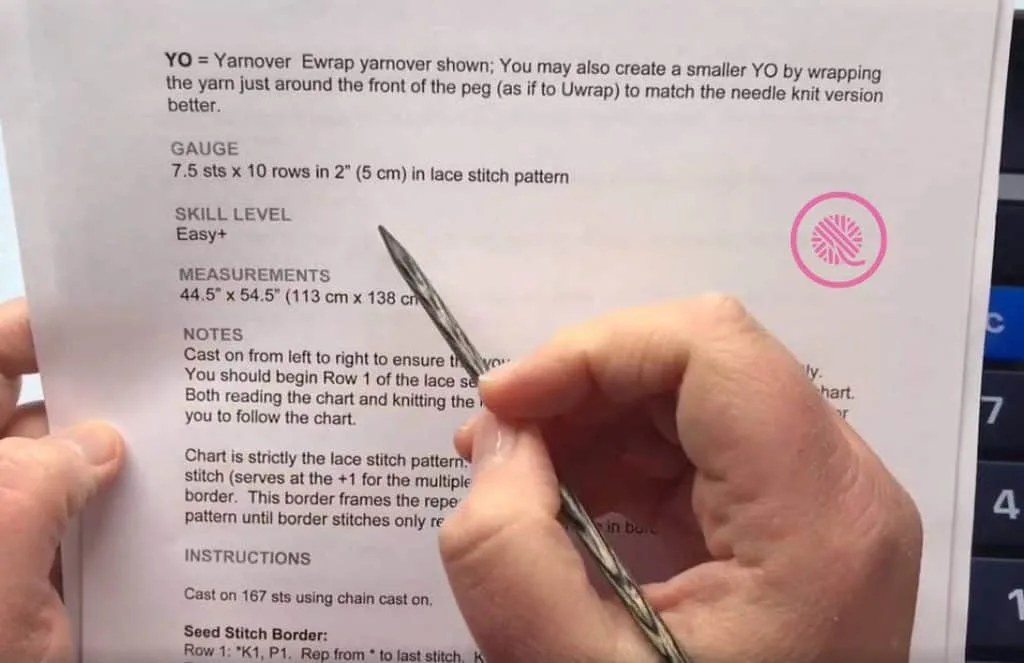
There are plenty of reasons to switch up to a different loom.
You may want to use a loom you already have instead of buying a new one. Let’s face it looms are an investment and we all want all the looms, but that can get expensive. Using looms you already own is a big money saver.
Sometimes you want to use a specific yarn and it won’t work with the loom gauge listed in the pattern. We ALL impulse buy yarn when it’s on sale or it’s just too beautiful to leave at the store. Then you need to use it so you can have room for the new yarn you’ll buy next time.
For some people it’s really just a personal preference. You may see a stitch pattern in a stunning chunky cowl that you want to duplicate, but you only like to work with worsted weight yarn.
Change Loom Knit Patterns to a New Gauge or Yarn
So I know I want to switch looms, but where do I start?
Start by knitting a small test swatch. I know that no one like to hear that word. This is not a gauge swatch as much as it is a swatch to see what your yarn will look like knit up in the gauge you want to use.
Even a small swatch of a few inches square will give a good idea how close you will be to the listed gauge in the pattern. We’re not trying to match the gauge, but just see if we’re in the neighborhood.
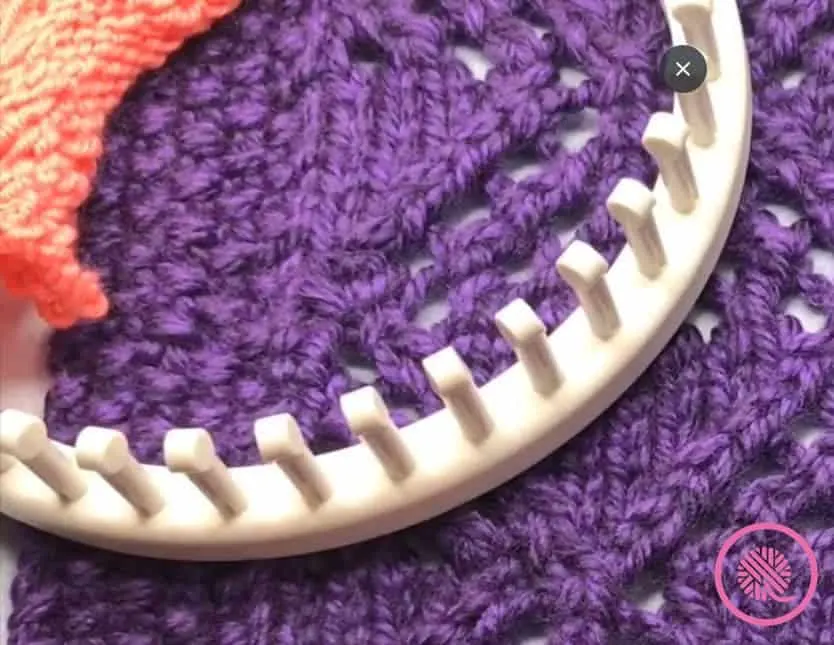
But even more important than gauge is to see how the swatch looks and feels. I guarantee using a super bulky yarn on a small gauge loom is going to give you a very tight, stiff fabric. I mean, it might actually be strong enough to stand on it’s own on your craft table. It’s just not going be right for the cowl pattern you chose. On the flip side using sock yarn your extra large gauge loom is going to leave with stitches that large loopy strands with no recognizable pattern at all. This when you need to switch yarn also.
Help! Now I need to change yarn size to work with the new loom gauge!
This is not a problem! Go down a yarn size (or two) and make a new swatch. If the fabric looks good you’re ready to get started …. on math.
I know, I know. First I said swatch and now I’m saying the M word. But this IS what it takes to venture off on your trek to make the perfect pattern.
Honestly, it’s not too bad. You can even use my Interactive Knitting Calculators (and, yes, they work great for loom or needle knitting) to help you crunch those pesky numbers. You just need to measure how many stitches per inch you have in your swatch and put in the number of inches you need for the width and the calculator will do the rest. It will tell you how many stitches you need to cast on for your project.
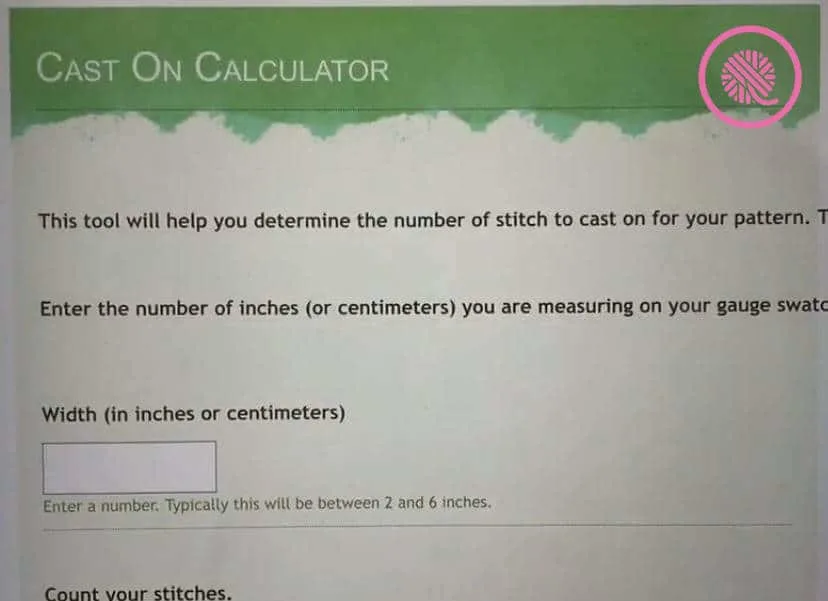
Take that number of cast on stitches and start looking to see if you have a loom with at least that many pegs. More pegs are fine if you are loom knitting a flat panel, but if you’re knitting in the round you need to match the number.
NOTE: A difference of a few stitches should not change the project much. For example, if the calculator tells you the best size for a hat is 70 stitches on your small gauge loom you can confidently use the 72 peg 3/8″ gauge round loom that you have. It’s technically not an exact match, but since there is NO 70 peg loom in that gauge anywhere it’s also your only option. The 2 extra stitches are a very insignificant increase and you won’t even notice.
